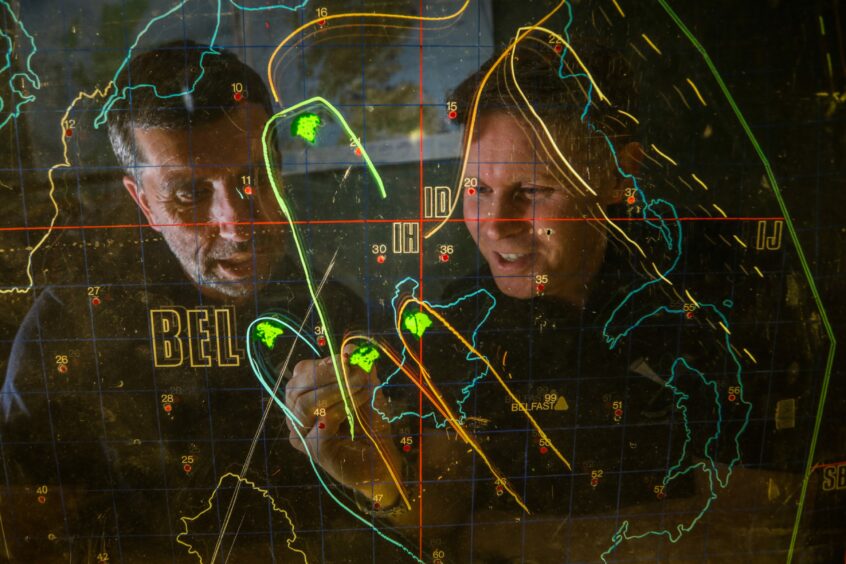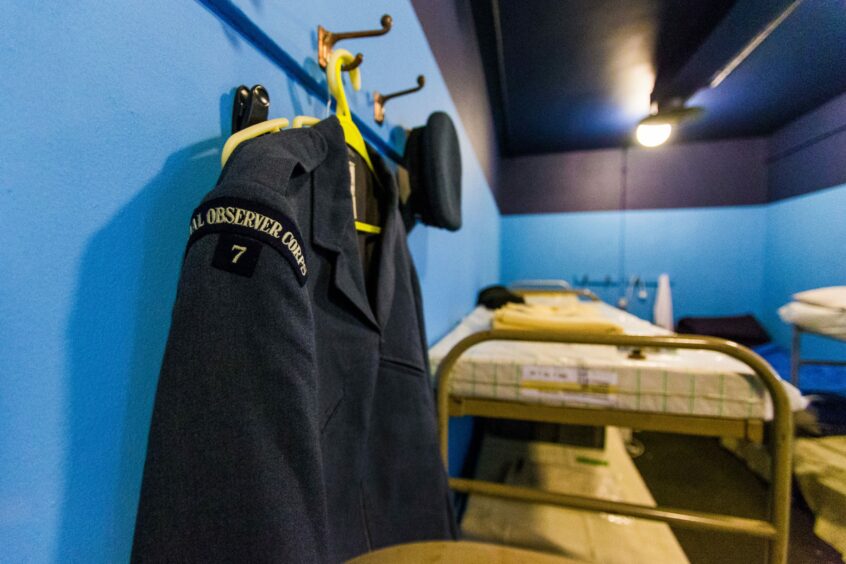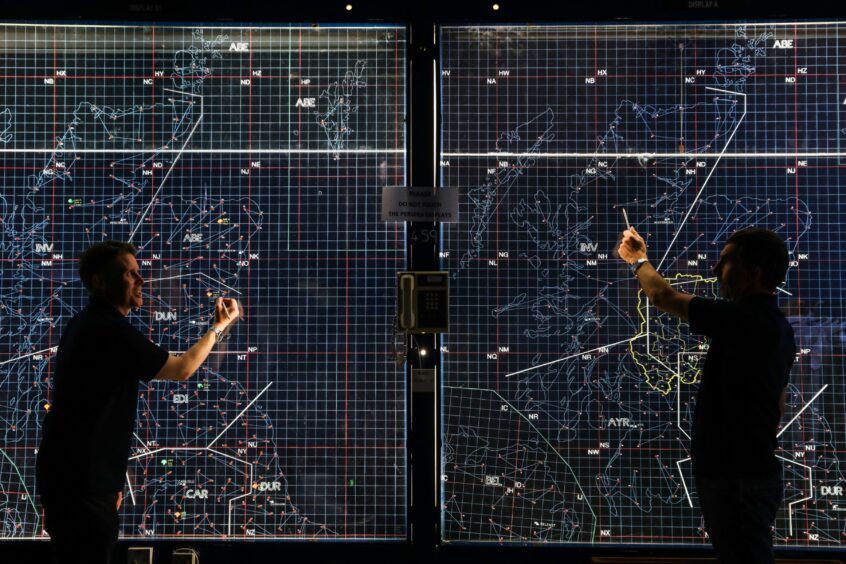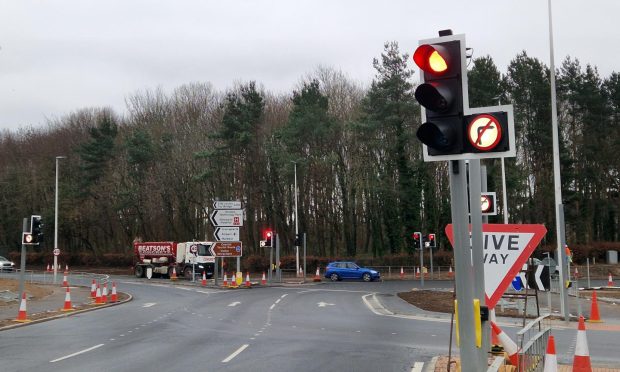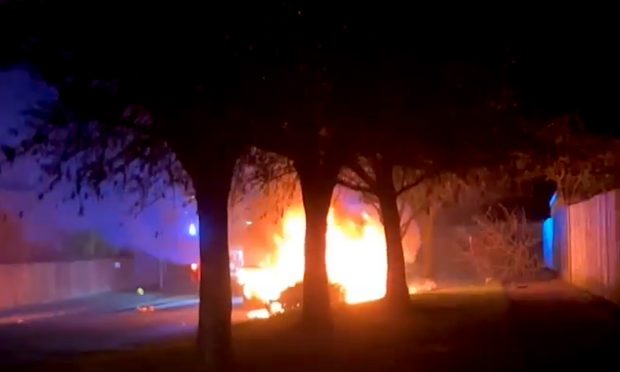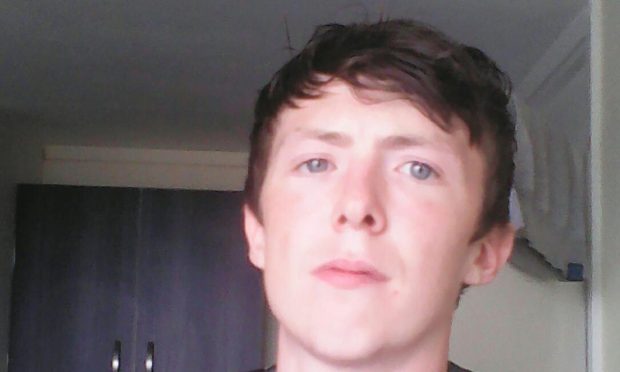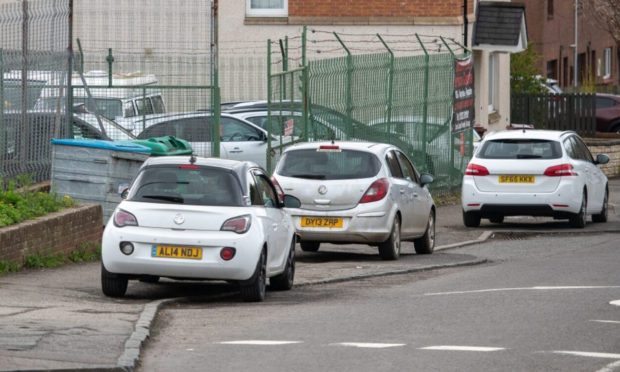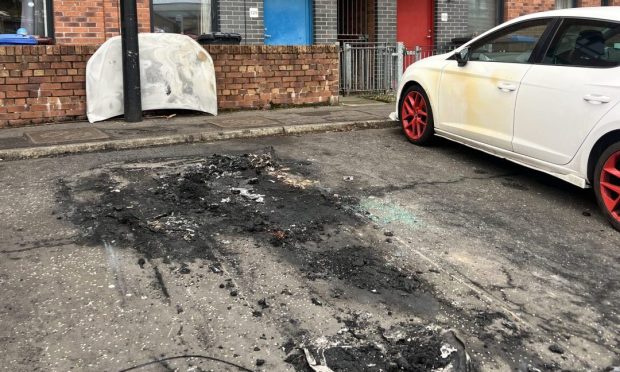Volunteers who look after a Cold War nuclear bunker beneath a quiet cul-de-sac in Dundee have seen a surge in public interest since the Russian invasion of Ukraine.
Gavin Saxby, who helps manage a former three-storey Royal Observer Corps (ROC) monitoring post more than 20 feet below Craigiebarn Road, said they had fielded a number of inquiries about its history since Vladimir Putin raised the spectre of nuclear retaliation against the West.
Bunker’s role
Until 31 years ago, the bunker would have been on the front line in the event of a nuclear attack on the UK.
It would have provided a place for 80 men and women ROC volunteers to measure nuclear blast waves and radioactive fallout.
Between 1956 and 1965, the UK government ordered the construction of 1,563 monitoring posts at a distance of about 15 miles apart including the likes of Cupar, St Andrews and Arbroath.
Thirty-one larger HQ and control centres – like the 28 Group HQ in Dundee – were also built.
As the Cold War ended with the disintegration of the Soviet Union, the sites were all closed down when the ROC was stood down in 1991.
Many of the sites were subsequently demolished or fell into disrepair.
But some have been preserved by private individuals or trusts, including the restoration project team 28 Group Observed which has spent more than 15 years helping to restore the Dundee complex which is the only remaining ROC sector bunker left in original condition in the UK.
Impact of Covid-19 and Putin
Gavin, 44, a software engineer in Edinburgh, said Covid-19 restrictions had forced the bunker to remain closed to the public over the last two years.
With restrictions lifting, however, and a surge in interest due to events in Eastern Europe, it was hoped public tours will return by the summer.
“People coincidentally started to ask us again about tours because everybody is at the point where they kind of want lockdown to be over and they are trying to get out and do normal things again,” said Gavin.
“I guess for people who are interested in what we are doing it’s a chance to do something touristy – something slightly new that they haven’t done before.
“But with events in Ukraine, we’ve also fielded inquiries from folk.
“We are hoping that once we announce on the page that we are really off, we’ll get some dates in the diary for maybe June and July to have organised weekend visits again.
“We’ll hopefully pick up some new fans and people that want to come and see us.”
What’s the bunker like?
Visitors to the remarkable complex first of all pass through an unremarkable wooden gate which leads to an unremarkable-looking low-rise building with a battered door.
To the right of the entrance the only sign that something unusual can be found here is a large raised area of grass with some rusting metal vents protruding.
But it belies the scale of the remarkable complex beneath, which was designed to be self-contained for months after a nuclear strike.
Passing through the blast proof door, visitors embark upon a journey down the main stairs past the airlock and into the bunker which comprises a maze of corridors and rooms on three levels.
Highlights include the sewage ejector room, the plant room, the switch gear for the fans and the ROC operations room which has been kitted out with some of the original communications and monitoring equipment that would have been in use during those Cold War years.
From there it’s on to the men and women’s dormitories, the first aid room and the radio room which includes an old style Tele-talk and carrier receiver.
The tour ends in the sector operations room which includes simulated maps of fallout from nuclear strikes on Scotland, as it might have been if the Soviets had ever attacked and the apocalypse of World War Three had commenced.
Limited protection
Today the complex is a tourist attraction.
However, Gavin thinks that even during the Cold War it’s unlikely the bunker would have provided enough protection from a direct nuclear attack on Dundee.
“When it was built in 1962, it was really intended as a fallout shelter,” he said.
“I think if somebody had dropped a multiple megaton nuclear weapon on the centre of Dundee, I really don’t think it would have survived.
“It didn’t have a lot of the systems you find in later and more well designed nuclear bunkers.
“But I think that if you managed to get through the initial blasts, if you were in the bunker, you’d probably be quite well off in it as a fallout shelter.
“But of course you’d have to get there and you’d have to do something about power.
“Or you’d be sitting under there just in candle light.”
*28 Group Observed are always looking for new volunteers and donations from tradesmen to help with the project. To get in touch via Facebook go to www.facebook.com/28group

